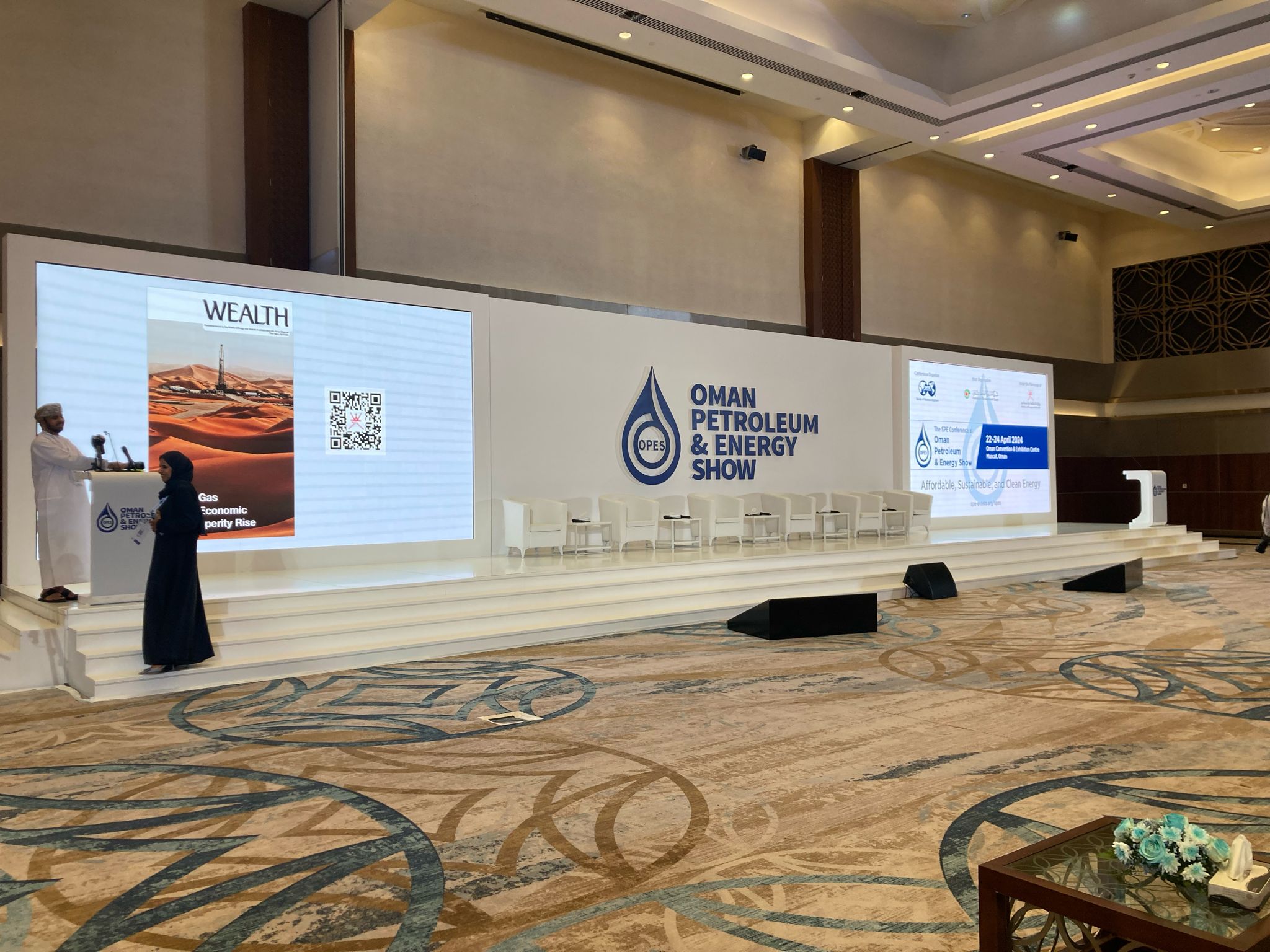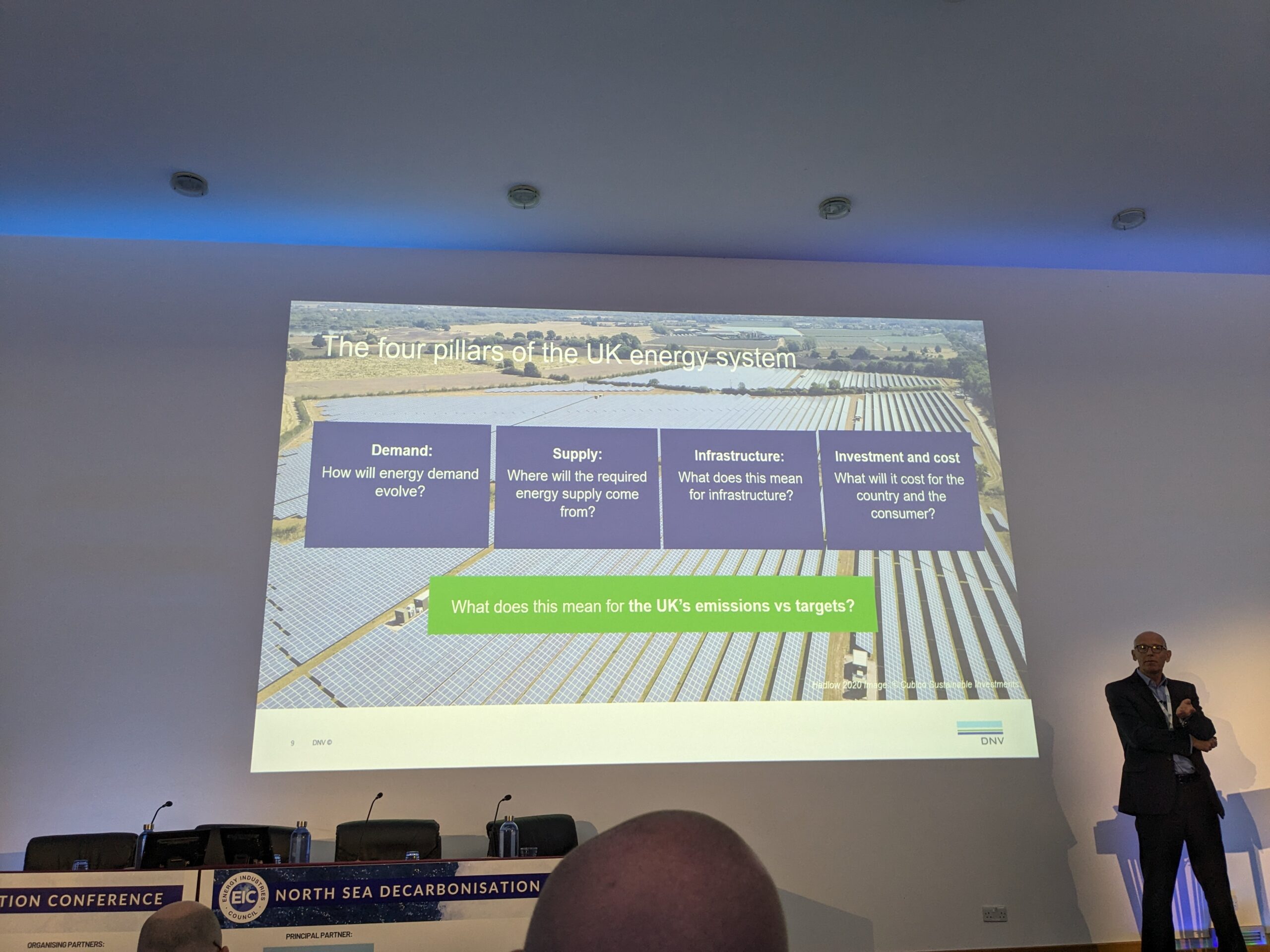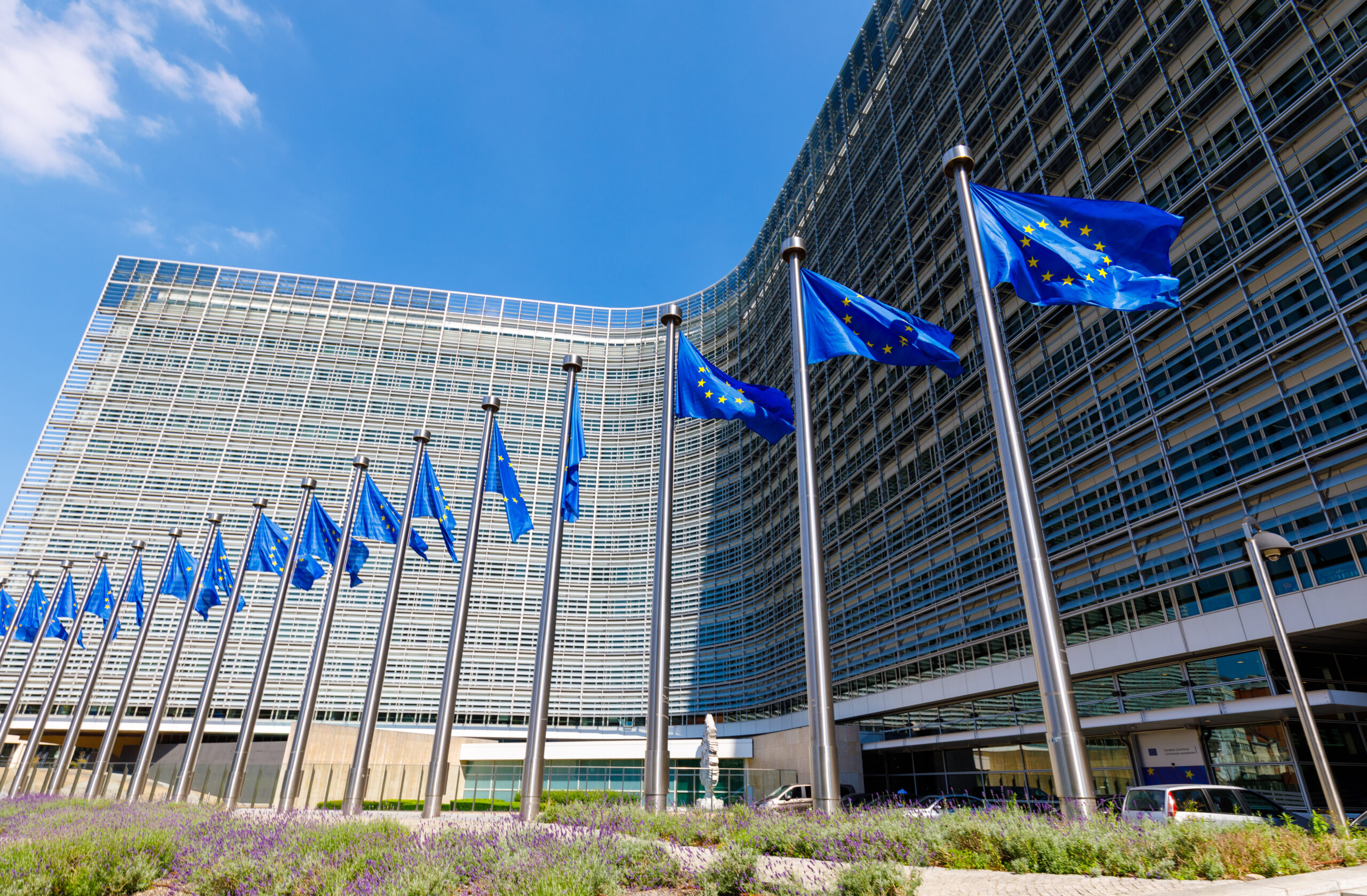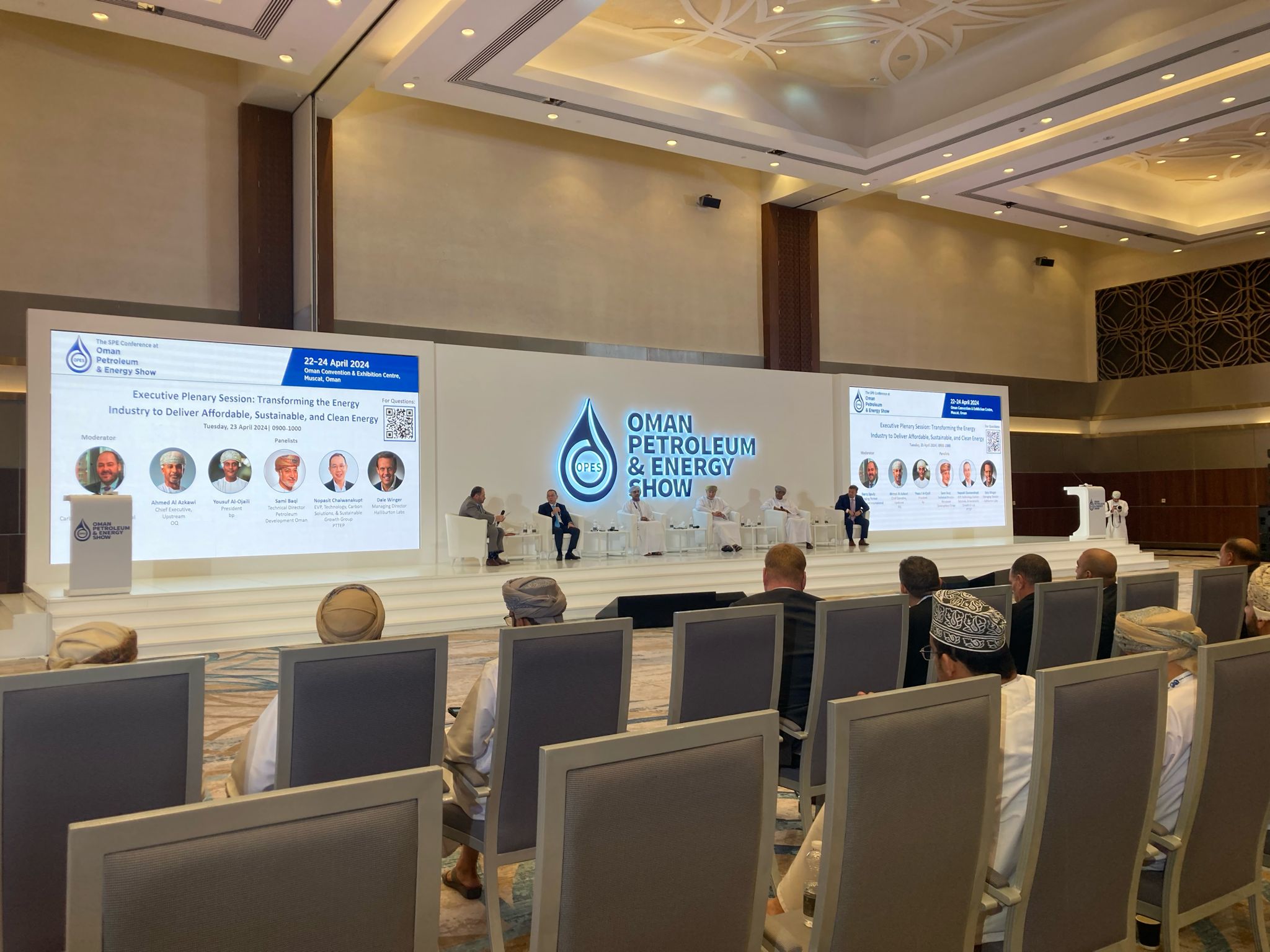Hydrogen investment still faces hurdles: Oman Petroleum and Energy Show
There are still barriers to a full hydrogen value chain and economy taking off, delegates said at the Oman Petroleum and Energy Show.

(Muscat, Oman) The key role of gas and LNG in Oman’s energy landscape and the sultanate’s ambitious renewables targets have paved the way for new opportunities when it comes to hydrogen investment. But there are persisting hurdles to overcome before a full hydrogen value chain and economy can really take off, delegates said at the Oman Petroleum and Energy Show in Muscat on Monday.
Under its 2050 net zero target and hydrogen strategy, Oman has set itself the goal to produce 1-1.5 mtpa of green hydrogen by 2030, at least 3.75 mtpa by 2040 and 8.5 mtpa by 2050. Oman’s gas resources and the option to develop CO2 storage technology also mean blue hydrogen represents another option. According to a report published by Cedigaz, green hydrogen would cover two thirds of production in 2035, compared to one third for blue hydrogen.
In September 2023, Shell adopted plans to produce what it called ‘blue hydrogen’ from natural gas from a proposed project at the Duqm port situated on the west coast of Oman. The project will also include a carbon capture and sequestration (CCS) project to capture and store CO2 to cut emissions from the future project.
Walid Hadi, country chairman of Shell in Oman, said at the conference that Shell is at “advanced stages” of the ‘blue hydrogen’ project, which the company sees as a “stepping-stone” for the growth of green hydrogen. As a key industrial and investment hub, the Duqm port is in fact also expected to host several other proposed green hydrogen schemes.
Hadi said at the conference that Oman’s clear policy plan and hydrogen strategy was a positive driver, in addition to other strong fundamentals such as Oman’s stable political environment. “All the ingredients are there for hydrogen,” he said, mentioning the possibility of exports to Europe in the future.
Hadi even made a comparison with the fundamentals of LNG to create export market outlets – although this is debatable since LNG projects have historically been sanctioned based on off-takers’ deals and commitments, something that is still an issue and in dire need for hydrogen schemes, primarily due to the absence of a large-scale hydrogen market. Hadi made this statement after Shell signed a 10-year 0.6 mtpa LNG deal with Oman LNG last week, as well as with other buyers previously such as Turkey’s Botas and Japan’s JERA.
As it happens, this coincided on Monday with news that Oman LNG inked an 0.8 mtpa LNG supply deal from 2025 with TotalEnergies. The French company also announced a long-awaited final investment decision (FID) for the LNG-bunkering Marsa project in Oman, which is now expected to start production in Q1 28.
Affordability
Hadi pointed to Oman’s clear policy vision for hydrogen to target hard-to-abate industries that would see a switch from gas to hydrogen. In this context, he stressed the importance of keeping future hydrogen production for the local market, although ultimately, its high costs and limited affordability still represent a challenge for the local market.
This view was echoed by Montri Rawanchaikul, CEO of Thailand’s exploration and production company PTTEP, which is active across Oman’s upstream and downstream sector, including as an LNG buyer through affiliate companies.
Capitalising on its long presence in Oman, PTTEP made its first foray into hydrogen in Oman in 2023, when it joined a consortium led by Engie and Posco, which includes Samsung Engineering. The plan is to develop a $7 billion green hydrogen project in Oman at the port of Duqm.
But here too, costs issues need to be overcome, and more clarity needs to emerge with regards to investment and financing into the necessary pipeline infrastructure to ship future output, Rawanchaikul told Gas Outlook at the conference.



